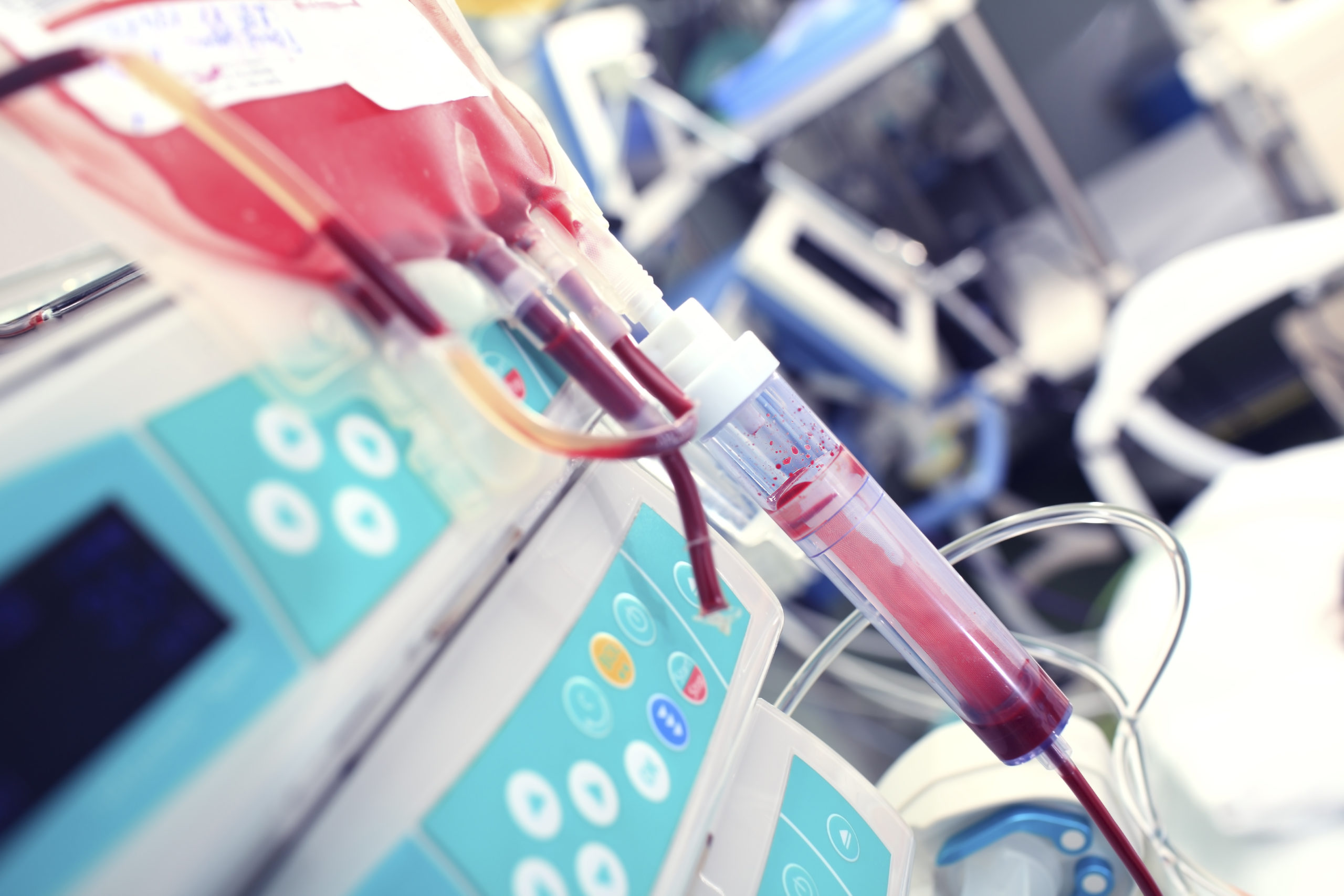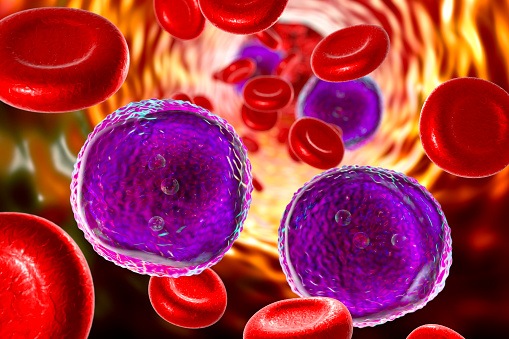
According to Jing Wang and collaborating researchers, the combination of sintilimab and decitabine is relative safe and exhibits anti-tumor activity in patients with treatment-naïve high-risk myelodysplastic syndrome (MDS). The single-arm, open-label clinical trial was presented at the 2022 American Society of Clinical Oncology Annual Meeting.
A total of 21 patients were enrolled at the time of the poster submission. The intervention regimen included decitabine 20 mg/m2 intravenously (IV) daily for five days, and sintilimab 200 mg IV on days one and 22 of 42-day cycles, over a maximum of eight cycles. The primary measure of the study was objective response rate (ORR). Secondary outcomes included the safety and survival profiles of the regimen.
Over a median follow-up of 5.8 months, the authors observed an ORR of 64%, with six of 21 patients achieving a complete response, four achieving a marrow complete response, four achieving hematologic improvement, and three achieving both a marrow complete response and hematologic improvement.
Regarding safety, the most common grade III treatment-emergent adverse events (TEAEs) were febrile neutropenia (76.2%) and pulmonary infection (38.1%). Twelve patients experienced immune-related adverse events included rash (28.6%), pneumonia (9.5%), hypothyroidism (9.5%), elevated serum bilirubin (4.8%), and transpeptidase (4.8%). In these patients, ASXL1 (28.6%), RUNX1 (14.3%), and TET2 (14.3%) were the most frequently mutated genes. No grade IV TEAEs or treatment-related deaths were observed.
This trial was, to the authors’ knowledge, the first to evaluate the combination of sintilimab and decitabine for untreated higher-risk MDS. Based on their preliminary findings, they judged the combination regimen to have manageable toxicities and viable activity.







 © 2025 Mashup Media, LLC, a Formedics Property. All Rights Reserved.
© 2025 Mashup Media, LLC, a Formedics Property. All Rights Reserved.